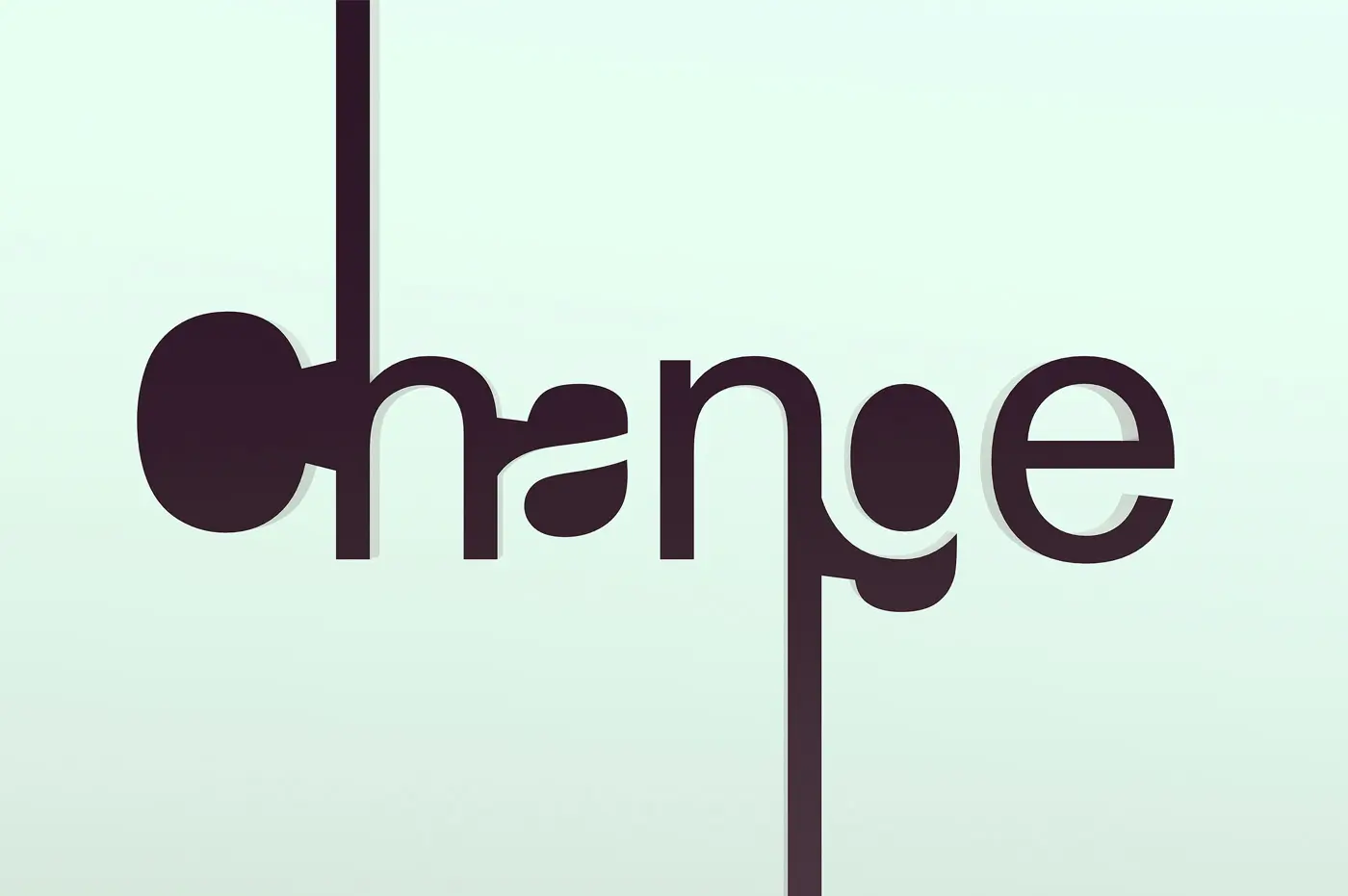A digital marketing sales funnel is the linchpin in converting a casual browser into a loyal customer. With abundant digital touchpoints, it becomes paramount to tailor and optimise your sales funnel to nurture leads effectively through each phase.
In this insightful exploration, we delve into the nuanced art of refining your digital marketing sales funnel, ensuring that every stage, from attraction to conversion, is a cog in a well-oiled machine geared towards maximising results. Join us as we unfold the layers of this complex yet rewarding process, offering you the strategies not just to participate but to excel in the competitive digital marketplace.
The 9 steps for a successful digital marketing sales funnel.
What is a digital marketing sales funnel?
A digital marketing sales funnel is a path consumers take from becoming aware of your product or service to purchasing. Generally, digital funnels have four main stages: Attract, Engage, Enquire and Convert. At each step of the digital funnel, different tactics are employed to move potential customers further down the funnel until they make a purchase. Understanding how to optimise your digital marketing funnel can help you maximise conversions and drive more revenue.
Identify your target audience.
The first step to optimising your digital marketing funnel is identifying your target audience. Knowing who you are targeting helps ensure your messages and content are tailored to their needs and interests. When it comes to digital funnels, understanding the wants and needs of your target audience is critical to driving conversions. You can use market research, analytics data, google trends, surveys, focus groups, and social media data to gain insights into who makes up your target audience.
Create engaging content.
Content is essential in digital marketing funnels as it helps move potential customers from one stage of the funnel to the next. To optimise content for maximum engagement, make sure that each piece is relevant, engaging, and tailored to the needs of your target audience. Additionally, ensure that content is optimised for search engines and mobile users to reach as many potential customers as possible.
Leverage automation in your digital marketing funnel.
Marketing automation can help you optimise digital marketing funnels by automating emails, ads, and other digital campaigns. By leveraging automation tools, you can save time while optimising the impact of each digital campaign. You can set up automated emails at each funnel stage to nurture leads with personalised content and track user behaviour to learn more about what strategies are working best.












